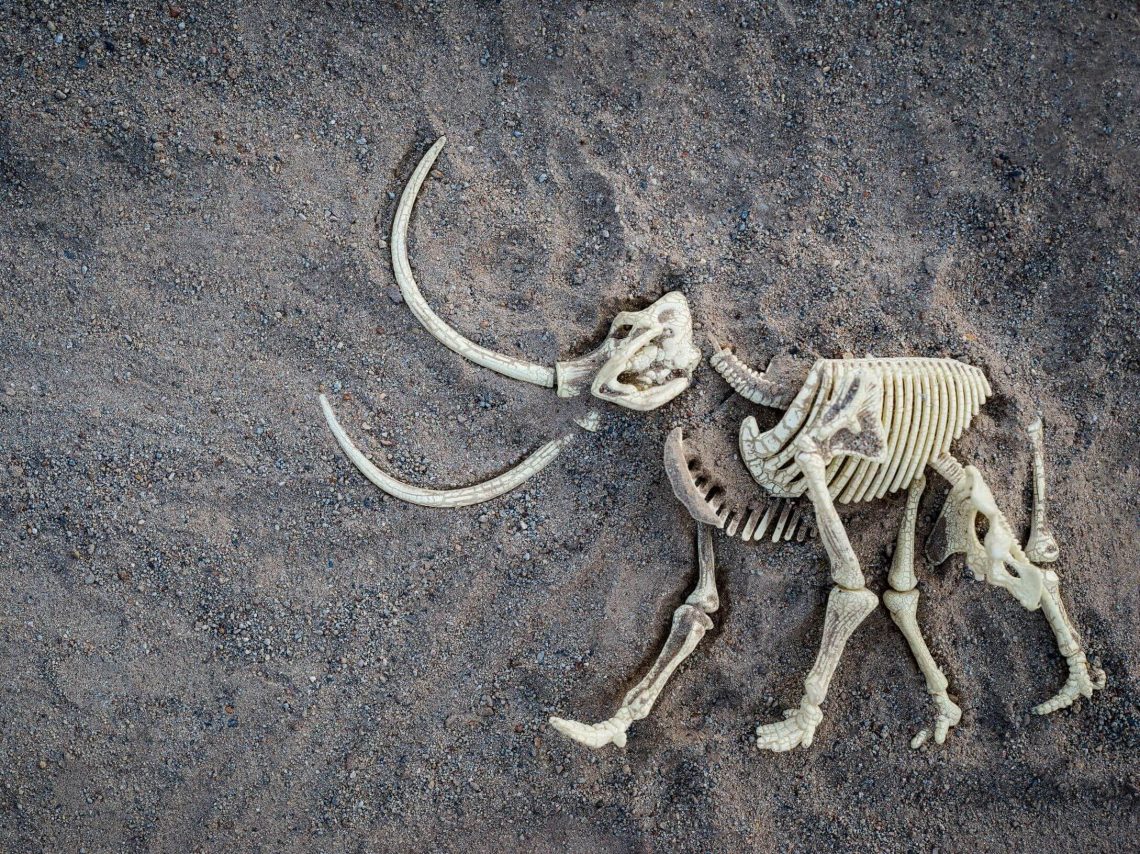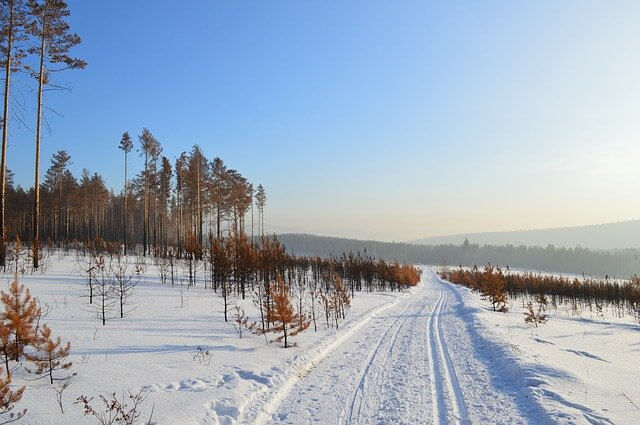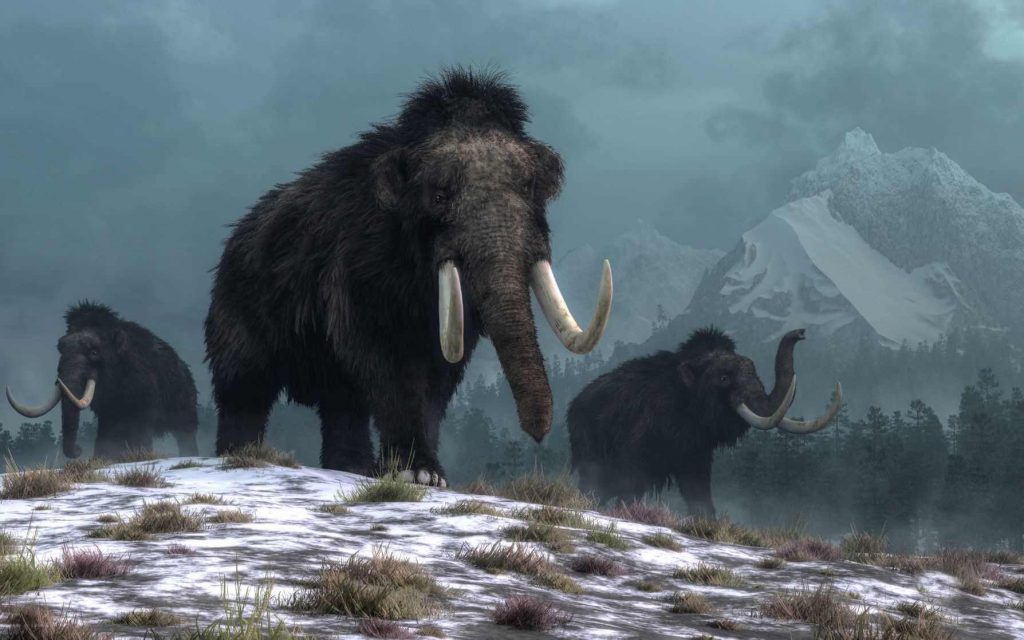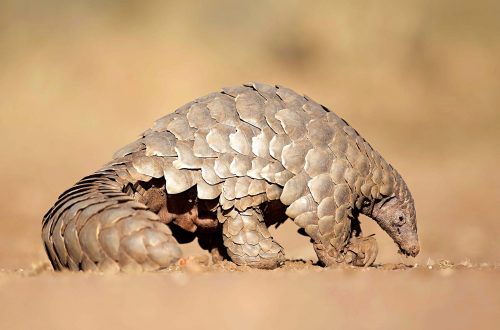
Bringing Back Mammoths in Pleistocene Park
If bringing back mammoths could save the planet, would you do it? If you could de-extinct animals, would you need to think twice? How about a real life equivalent of Jurassic Park? Sound like a good idea?
Believe it or not, these are questions that scientists are really having to consider. De-extinction is no longer restricted to science fiction and mammoths really could save the world.
This week we deep dive into the idea of bringing back mammoths and the important role they could fulfil.
What is going on in Siberia?
The Pleistocene
When you think of “the ice age” you are probably thinking of the Pleistocene epoch.
It started about 2.5 million years ago and spanned right up to about 11,000 years ago. The majority of the world is covered in ice sheets and glaciers.
This is the geological period in which Homo sapiens, or modern humans, enter the scene.
What Siberia Looked Like Then
Our story takes place in Siberia, in North East Russia.
During the Pleistocene it would have been home to woolly rhinoceros, reindeer, musk ox, wolves, tigers and, of course, the woolly mammoth.
Siberia looked very different then.
We refer to the landscape as mammoth steppe- cold, dry grassland. It reached as far south as Spain and provided grazing for large herbivores like the mammoth.
Levels of biodiversity (an explanation can be found here if you’re unsure what this means) were high and this was possibly the largest, most successful and most productive ecosystem on the planet through much of the epoch.
What Siberia Looks Like Now
You’ve probably guessed by now that humans were the big catalyst for change.
Nature is great at finding balance, and humans are great at disturbing that. This is exactly what happened here.
Humans were responsible for killing many of those essential large herbivores.
We killed enough individuals that the vegetation in the area wasn’t kept in check by their munching habits anymore. Without the grazers, new vegetation like mosses began to out-compete the grass.
Shrubs followed, and then trees. Soils became nutrient poor.
The grazers couldn’t find enough food anymore. Their populations began to fall. The area lost it’s biodiversity.

The Problem
The Big Issue
“Okay”, I hear you say, “I get all that. It’s sad that we lost the animals but if we are being objective about this, the world has changed a lot since the ice age! Extinctions are inevitable and ecosystems change. We can’t expect to preserve the world of the last ice age.”
But there’s a bigger problem here…
There are thousands, even millions of tonnes of frozen soil and ice, or permafrost, locked underneath the barren Siberian tundra. With it, one of the worlds largest stores of carbon.
As our climate warms, the permafrost begins to melt and the carbon is released.
Losing the permafrost will be nothing short of catastrophic in our battle against climate change. I have heard it described as a “climate bomb” waiting to go off.
How could bringing back mammoths help?
There’s one more job that the large, heavy grazers did that I have not yet mentioned- as they walked, they compacted the snow.
Snow acts like a blanket- it traps heat. The layer of snow that coats Siberia for much of the year is actually keeping the ground below it warm.
The thinking behind bringing back mammoths and other heavy herbivores is that they would compact the snow and break up the ground. The permafrost would be exposed to freezing winter temperatures for several months each year. It would remain frozen, and the carbon would stay trapped away.
Are we talking actual mammoths?
The project is really only looking to bring back extant megafauna (big animals that are still alive today) such as bison (see my article on rewilding the UK for more on them) to fill that ecological role, or niche, initially.
But somewhere along the line, someone realised that the idea of bringing back mammoths is no longer a scientific impossibility, and the name “Pleistocene Park” was born, named for the movie, Jurassic Park.
Many of the mammoth remains found there have been frozen in the Siberian landscape. They are preserved well enough to extract DNA. There are some complications involved, but it is doable.
An elephant would be used to give birth to this newcomer. It would be created by modifying elephant genes and so would be something more like an elephant-mammoth hybrid. However, as long as it can survive the harsh winters of Russia, it could fill the mammoth role in the ecosystem.

Is this a good idea?
Pros
The concept of the park seems pretty solid. Studies suggest it would work and the potential benefits are immeasurably huge. But of course, this could be done without de-extincting any ice age icons.
As for the mammoth itself, I think the benefits are probably more about the huge achievement and progression this would represent for genetics in science and what it might allow us to do in the future.
Perhaps we could save some of our most critically endangered species from extinction at our hands. Perhaps it is a doorway to eliminating genetic disorders (is this really a good thing? You can decide).
Cons
We must remember though, that with great power comes great responsibility. Many believe that this could be an ethical slippery slope.
As I have mentioned previously, we rarely seem to understand the full implications of our actions and we might end up inadvertently causing more harm than good by reviving an extinct species.
Extinction, after all, is an important part of evolution!
The other issue is funding. In reading around this subject I learned that the estimated cost of the project is somewhere around $125 million. No government wants to foot that bill on an experiment that has no guarantee of success.
I would argue that this sum pales in comparison to the amount of money governments have managed to find this year to foot the bill for a global health crisis. If only the same urgency was applied to the equally, if not more deadly, climate crisis.
There are times when I am glad that I am not in the position to have to make these decisions. I think this is one of them.
One (or actually two) Wild Thing(s)
Donate
I’ll hold my hands up and admit that you and I are probably relatively powerless on this one, so this week I’m giving you a couple of options:
The wildly passionate guys who seeded the idea of Pleistocene park have set up crowd funding initiatives. They have a Patreon option to show your support or else one-off donations can also be made on the Pleistocene park website.
Read
However, I like to try to give you options that don’t just involve donating.
I am a teacher by trade but also at heart. That was a big driving force in setting up this blog- I believe that education is a hugely powerful tool. The better you understand something, the more you can believe in it. The more you believe in it the more you will notice stories about rewilding popping up in your life and the more likely you are to inform others and get behind future projects.
If you have found this mini-series on rewilding interesting and you feel you might like a more in depth, scientific look at this topic, I would recommend Rewilding by Cain Blythe and Paul Jepson.
I hope you’ll find it as informative as I did during my research this month and that you’ll tell others what you now know about the power of rewilding!
Disclaimer: this is not an affiliate link. I do not personally benefit financially or otherwise from the sale of this book. This is purely a personal recommendation based on what I gained from reading it.
Follow my blog with Bloglovin




